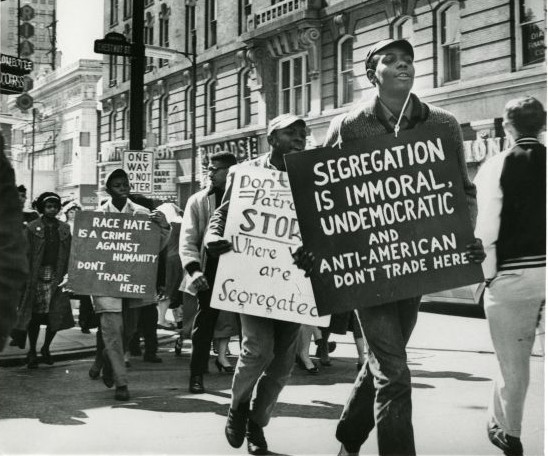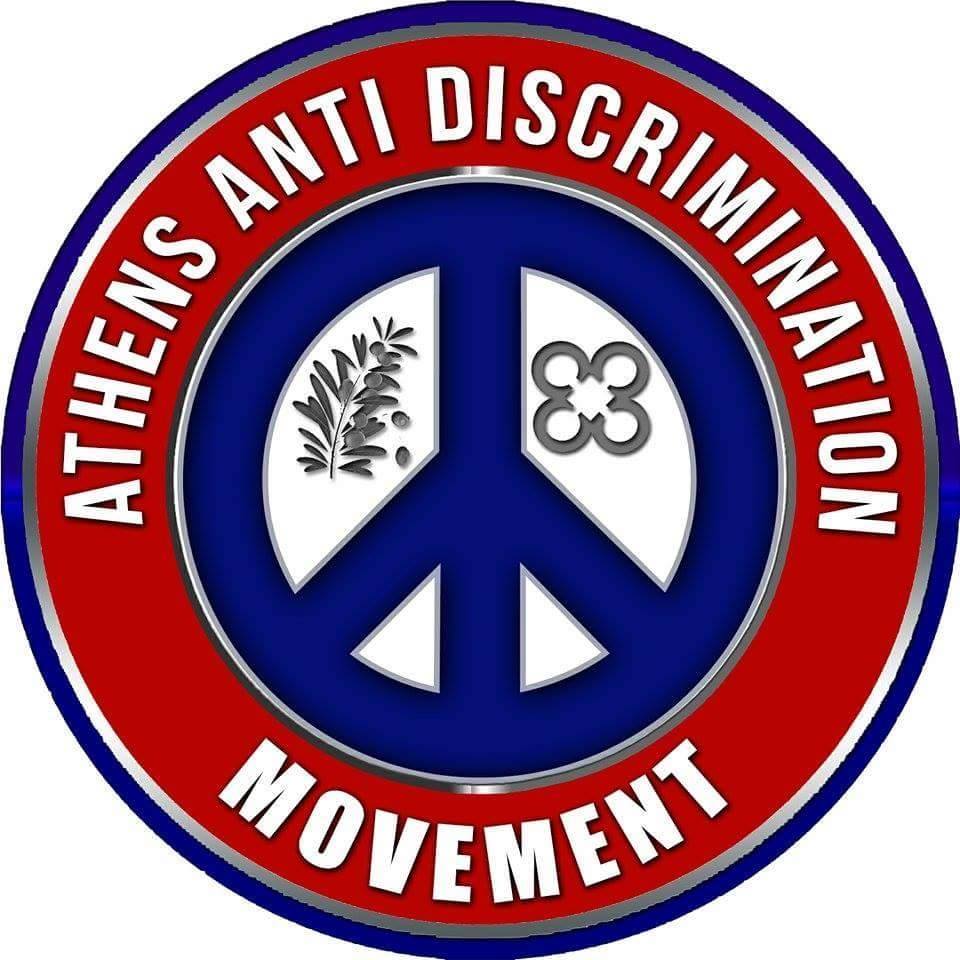
Written by Raiana Kelly, AADM Contributing Writer
With Black History Month just around the corner, it’s a great time to talk about the civil rights movement. Whether it be the women’s suffrage movement, the LGBTQ rights movement, or resistance against apartheid, powerful movements in history have been marked by passionate leaders and their dedication to their cause; the civil rights movement was no different.
While the Civil War (1861-1865) abolished slavery, and reconstruction (1863-1877) attempted to address the inequities that resulted from slavery, neither brought about the changes necessary to ensure that black Americans were protected from discrimination, especially in the South. Beginning in the 1940s and ending in the 1960s, the Civil Rights Movement was a mostly non-violent, organized effort led by black Americans to end racial discrimination and gain equal rights under the law.
In 1941, President Roosevelt issued Executive Order 8802, which allowed all Americans, regardless of race, creed, national origin, or color, to obtain government jobs. Several years later in 1948, President Truman initiated the civil rights agenda by enacting Executive Order 9981 to end discrimination in the military. These orders set the stage for grass-roots initiatives to enact racial equality legislation and incite the civil rights movement. However, it wasn’t until the 1950s that the civil rights movement really gained momentum.
In 1954, the US Supreme Court ruled that segregation in schools is illegal (Brown vs. Board of Education). Three years later, in 1957, when the Little Rock Nine attempted to attend a school that was previously whites only, they were met with an angry mob and the Arkansas National Guard. President Eisenhower later intervened and ordered federal troops to escort the students to and from classes.
Rosa Parks, often referred to as the “mother of the civil rights movement,” made history in December 1955 when she refused to give up her seat to a white passenger on a Montgomery city bus. In response to her brave act of defiance, the Montgomery Improvement Association (MIA), led by Martin Luther King Jr. (MLK), was formed. The MIA was instrumental in the Montgomery bus boycott, in which 90% of the Montgomery black population stayed off the buses until their demands were met: courteous treatment, first-come first-serve seating, and the employment of black bus drivers. The MIA mission extended further than the boycott and sought to improve “the general status of Montgomery, to improve race relations, and to uplift the general tenor of the community.” The MIA also placed MLK at the center of the fight for civil rights.
In 1960, four North Carolina students took a stand against segregation after being refused service at a lunch counter. Hundreds of people joined in their peaceful sit-ins until they were finally served. This effort spear-headed other peaceful sit-ins and helped launch the Student Nonviolent Coordinating Committee (SNCC), which encouraged students to get involved in the civil rights movement. During the Freedom Summer of 1964, Stokely Carmichael joined the SNCC to help register black voters and was made the chair of the organization.
In 1961, the Freedom Riders mounted a Greyhound bus and began a tour of the southern United States to test the new decision in Supreme Court that declared segregation of interstate transportation facilities unconstitutional. After being attacked twice during their journey, the Kennedy administration applied pressure on the Interstate Commerce Commission to issue regulations prohibiting segregation in interstate transit terminals.
The March on Washington (August, 1963) was organized and attended by leaders such as A. Philip Randolph, Bayard Rustin, and MLK Jr. More than 200,000 people joined together in a peaceful march, with the sole purpose of forcing civil rights legislation and equal job opportunities for all. This was the march in which MLK’s famous “I Have a Dream” speech was given during the closing ceremony.
Although the 15th amendment in 1870 gave black Americans the right to vote, voter literacy tests made this nearly impossible. It wasn’t until the Civil Rights Act of 1957 that federal prosecution of anyone that tried to suppress another’s vote was enforced. This was the first major civil rights legislation introduced since the Reconstruction era. However, literacy tests were not banned until the Voting Rights Act of 1965.
The late 1960s was a tragic time for the civil rights movement, as several of the key leaders were assassinated. Malcolm X, the former leader of the Nation of Islam and the Organiazation of Afro-American Unity, was assassinated during a rally in February 1965. Shortly thereafter, in April of 1968, MLK was assassinated on his hotel room balcony. His death led to riots and looting and there was elevated pressure on President Johnson to push through additional civil rights laws.
The final legislation introduced during the civil rights era was the Fair Housing Act of 1968. It became law just days after MLK’s assassination and prevented housing discrimination based on race, sex, national origin, or religion.
While many milestones were made during the civil rights movement, Black Americans are still struggling in a fight to end discrimination, to gain access to quality education, housing, and healthcare, and overall a better quality of life. If you’d like to participate in meaningful change, visit Athens Anti-Discrimination Movement at AADMovement.org.
